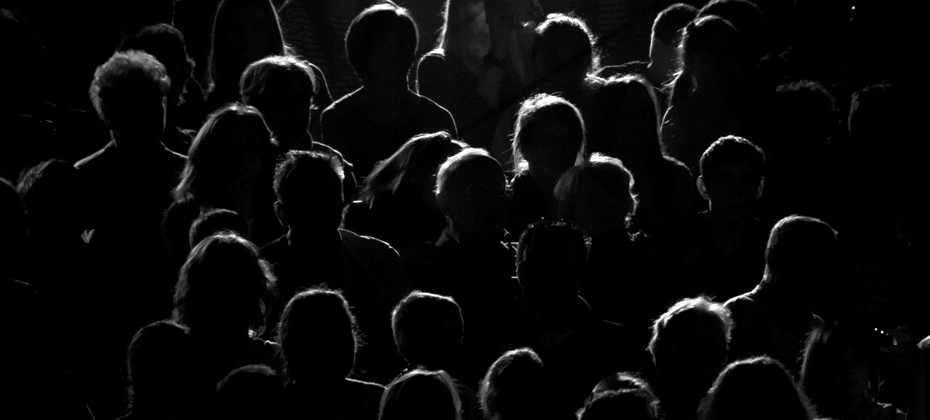Television had its Twilight Zone, the Emmy-winning anthology series featuring tales rich in fantasy, morality and irony. Today’s economy has its own Twilight Zone. It lies between the legitimate economy with its weekly paychecks, W2 forms and 401(K) plans, and the underground economy with its unreported, all-cash transactions.
Call them “The Unbanked.” Call them “The Credit Invisibles.” Whatever label you choose, these men and women — who number in the millions – want access to credit, but can’t be easily accessed with traditional credit models, and they lack a smooth on-ramp to grow in the credit universe.
How a Worker Becomes “Credit Invisible”
America’s “credit invisibles” tend to be minimum- or low-wage workers. They exist in virtually every industry, although they tend to be concentrated in agriculture, food service, construction and manufacturing. Some work full-time for a single employer, while others work part-time or on a gig-by-gig basis. The FDIC estimates some 10 million Americans currently fit the definition of unbanked, while an additional 28.4 million are underbanked.
Instead of traditional banks, this population tends to use the services of private check-cashing services and payday lenders for their financial services, which is not always advantageous for the consumer with these services’ sizeable expenses and transaction fees.
The Payroll Card Alternative
Recognizing the perils inherent in the current system, a number of companies have developed solutions to help those individuals who cannot and will not establish traditional checking and savings accounts. SOLE® Financial, a financial services company headquartered in Portland, Ore, offers the SOLE Visa® Payroll Card, allowing employees to enjoy the benefits associated with direct deposit checking accounts without the costs and restrictions traditional banks often impose.
“From a payroll standpoint, paycards function just like bank accounts,” explained Taylor Ellsworth, content marketing manager for SOLE Financial. “The transfer happens on the exact same timeline as the paychecks that employers deposit to traditional bank accounts.”
Additionally, any bill from a vendor that accepts electronic payments – either online or with a card number over the phone – can accept payments from the SOLE paycard.
“For bills like rent, which sometimes can only be paid with a check or money order, cardholders can log in and use the bill pay option for $1 per bill to have a check issued to their landlord — or any other recipient — from their account,” said Ellsworth.
Helping Credit Invisibles Build Personal Credit Files
Another way companies are helping credit invisibles become visible is by considering non-retail payments, such as payments to utility companies, as part of a personal payment history. Traditionally payments to gas, electric, telephone, cable and other household service providers are generally not being reported unless the consumer is severely delinquent and thus on-time payment history is not included in credit scores.
Experian recently investigated how including payments to energy utilities could affect men and women with “thin-file” credit portfolios. The subprime and nonprime consumers in the study received the greatest positive score impact, with 95 percent of subprime consumers and 75 percent of nonprime consumers experiencing a positive score change. A resounding 82 percent of subprime consumers in the study received a positive score impact of 11 points or more. The average VantageScore® credit score change for all participants was an increase of 28 points.
Experian concluded, “positive energy-utility reporting presents an opportunity for energy companies to play a key role in helping their consumers build credit history. The ability for many of these consumers to become credit-scoreable, build a more robust credit file and potentially migrate to a better risk segment simply by paying their energy bills on time each month is powerful and represents an opportunity for positive change that should be not overlooked.”
Conclusion
With income inequality growing, there is an increasing pressure to find ways to improve the prospects of the tens of millions of Americans who live on the farthest edges of the American economy. New technologies and ways of looking at credit can offer the unbanked and the under-banked ways to improve their economic situation and move closer to the mainstream. By bringing these millions into the light, those who issue and evaluate credit will create millions of new customers who can, in turn, add new energy to the American economy.



